Why is scientific research essential in Antarctica?
Covered in ice, Antarctica is the Earth's southernmost continent and includes the South Pole. It is bordered by the Southern Ocean and the Ross and Weddell Seas. Located more than 700 kilometers away from the American continent, the Antarctic Peninsula is a remote area.
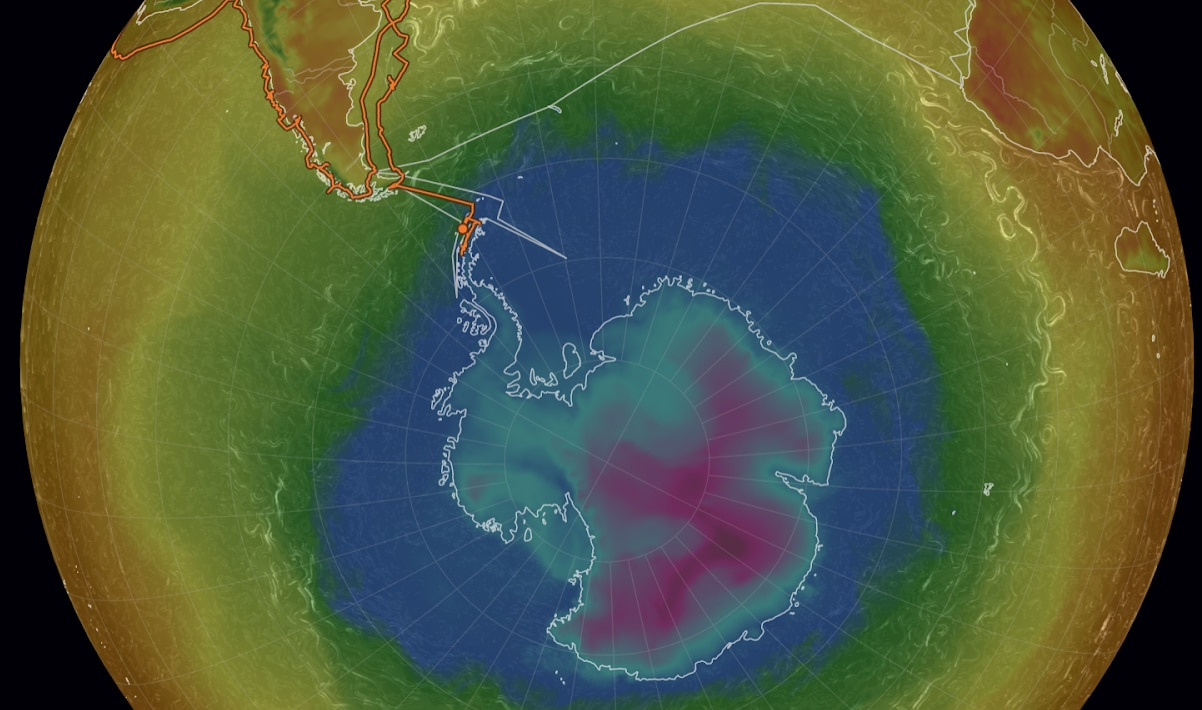
Discovering the Antarctic continent
1- Geography and climate
What is the surface area of Antarctica?
More than 98% of this continent is covered with ice. In this area of the globe, different types of ice coexist: the ice cap and sea ice.
- The ice cap is a freshwater glacier (resulting from long-term accumulation of continental snow) covering an area of 14 million square kilometers, which is equivalent to 27 times the surface of France!
- Sea ice is a layer of ice a few meters thick formed by the freezing of salted water on the sea surface. This phenomenon occurs during the polar winter when the temperature is below -1.8 °C. Sea ice can cover up to 20 million square kilometers of ocean in winter and almost completely disappears in summer.
Most of the world’s ice is contained in the Antarctic continent. The formation and disappearance of ice makes access to this continent difficult. As a result, it can only be reached during 2-3 months in summer. Moreover, ice seasonality plays an important role in the Antarctic ecosystem, affecting global ocean circulation, thermal exchanges between the ocean and the atmosphere, and biodiversity.
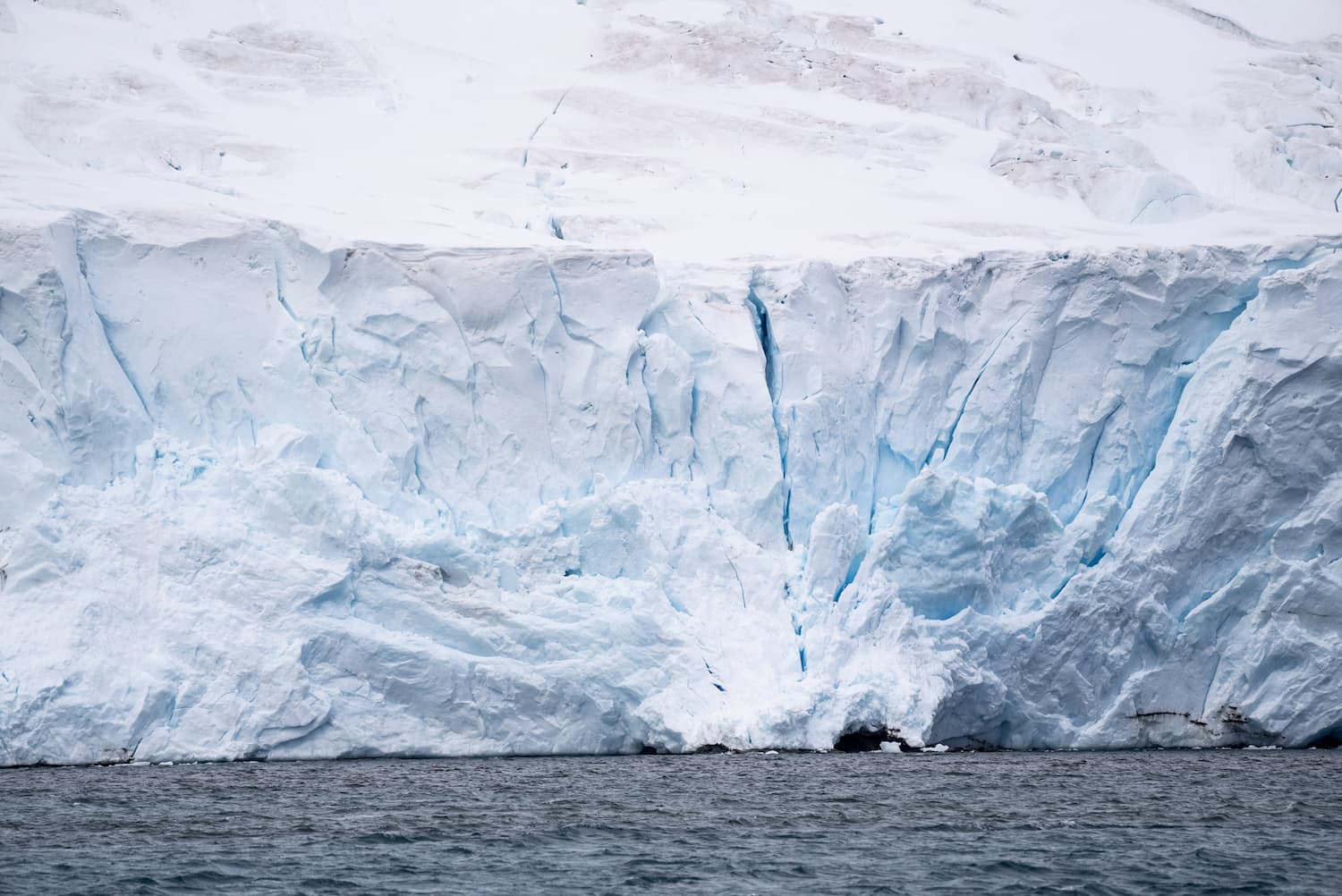
What’s the climate like in Antarctica?
The Antarctic climate is characterized by intense, dry cold with little precipitation and an important aridity. Since Antarctica is a remote and ice-covered continent with little sunshine, it’s the coldest place on Earth.
Along the coast, the maximum temperatures are between 5 and 15 °C, while inland the minimum temperatures fluctuate between -80 and -90 °C. The lowest natural temperature on the planet was recorded on this continent on August 10, 2010, with -93,2 °C (source: Polar Institute). Last December, temperatures peaked above the seasonal average of around 15-20 °C (https://climatereanalyzer.org/). This temperature anomaly confirms the need for further scientific monitoring in this remote part of our planet.
2- A particular polar biodiversity
Antarctica is a true refuge for marine wildlife. In this polar region, fauna had to adapt to extreme conditions.
What biodiversity is present on the Antarctic continent and in the Southern Ocean?
L’océan Austral entoure le continent Antarctique au sud des bassins océaniques : Atlantique, Pacifique et Indien. C’est l’The Southern Ocean surrounds the Antarctic continent south of the Atlantic, Pacific and Indian Ocean basins. It is Earth’s most isolated ocean from human activities. It represents a diverse ecosystem with more than 9,000 species identified (The Biogeographical Atlas of the Southern Ocean, de Broyer et al., 2014). Even though many scientific campaigns have attempted to describe this environment since the 18th century, hard-to-reach areas remain unexplored (such as great depths).
The Southern Ocean is a region with high biomass (all organic matter of plant or animal origin) thanks to its waters enriched in nutrients and oxygen. Sea ice provides a suitable habitat for many species (algae, bacteria, protists, invertebrates, etc.) able to adapt to extreme temperatures and high salinity and grow within the ice. Biomass is rich in phytoplankton and diatoms in particular which contribute to 25% of the primary production (production of plant-based organic matter or biomass from photosynthesis) in Antarctica (Arrigo & Thomas, 2004). These microalgae represent an important source of proteins for invertebrates, such as krill, in late winter when food in the water column is scarce. Sea ice is therefore a seasonal reservoir of nutrients and microalgae. As a result, a decrease in its thickness can have significant consequences for krill biomass.
Le krill est abondant en Antarctique et il est à la base de la chaîne alimentaire de nombreuses espèces. Il sert de nourriture aux poissons, baleines, phoques, orques ou léopards de mer et oiseaux présents dans cette zone.
Les manchots, animaux iconiques de ce continent, sont adaptés aux températures extrêmes. Quatre espèces vivent en APenguins, iconic animals of this continent, are adapted to extreme temperatures. Four species live in Antarctica: chinstrap penguin (Pygoscelis antarcticus), gentoo penguin (Pygoscelis papua), Adélie penguin (Pygoscelis adeliae) and empereur penguin (Aptenodytes forsteri).
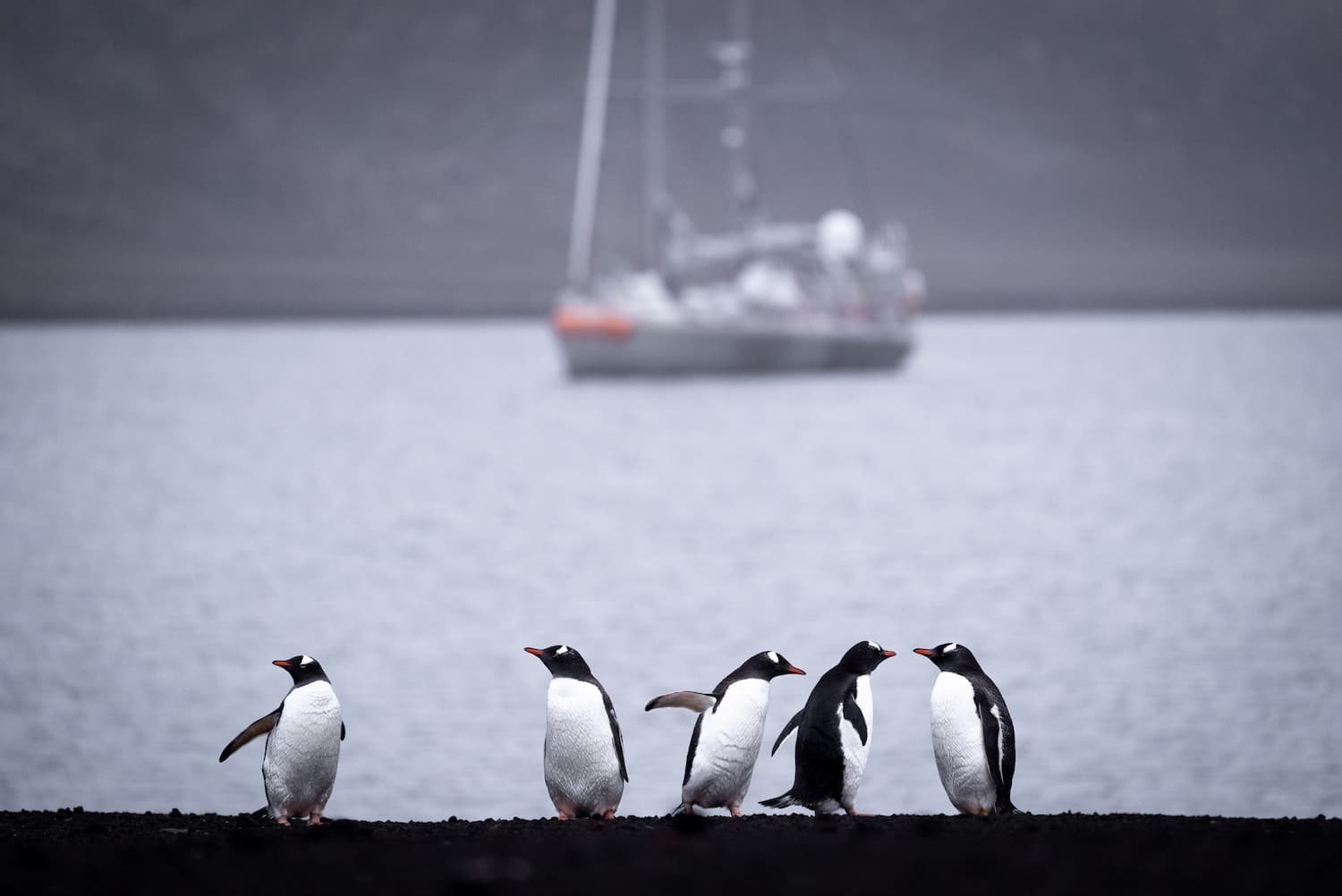
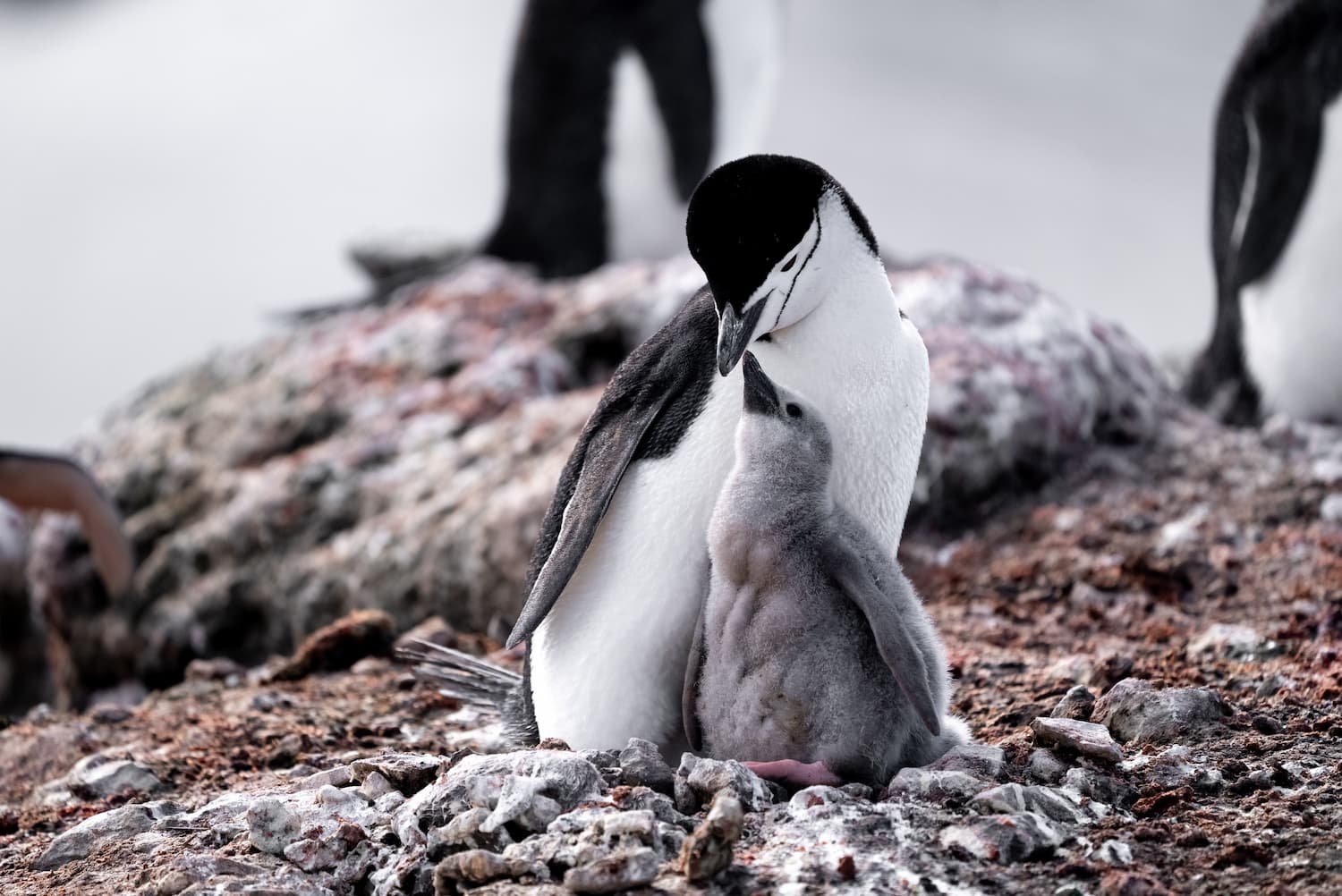
They usually gather in colonies to keep warm and reproduce. Gentoo penguins choose to settle on rocks, unlike Adélie penguins who prefer the ice. Ice thickness can influence the behavior of these animals. Indeed, if it is too thick, penguins can have difficulty accessing the pack ice. But, what will be the impact of a decreasing thickness of sea ice?
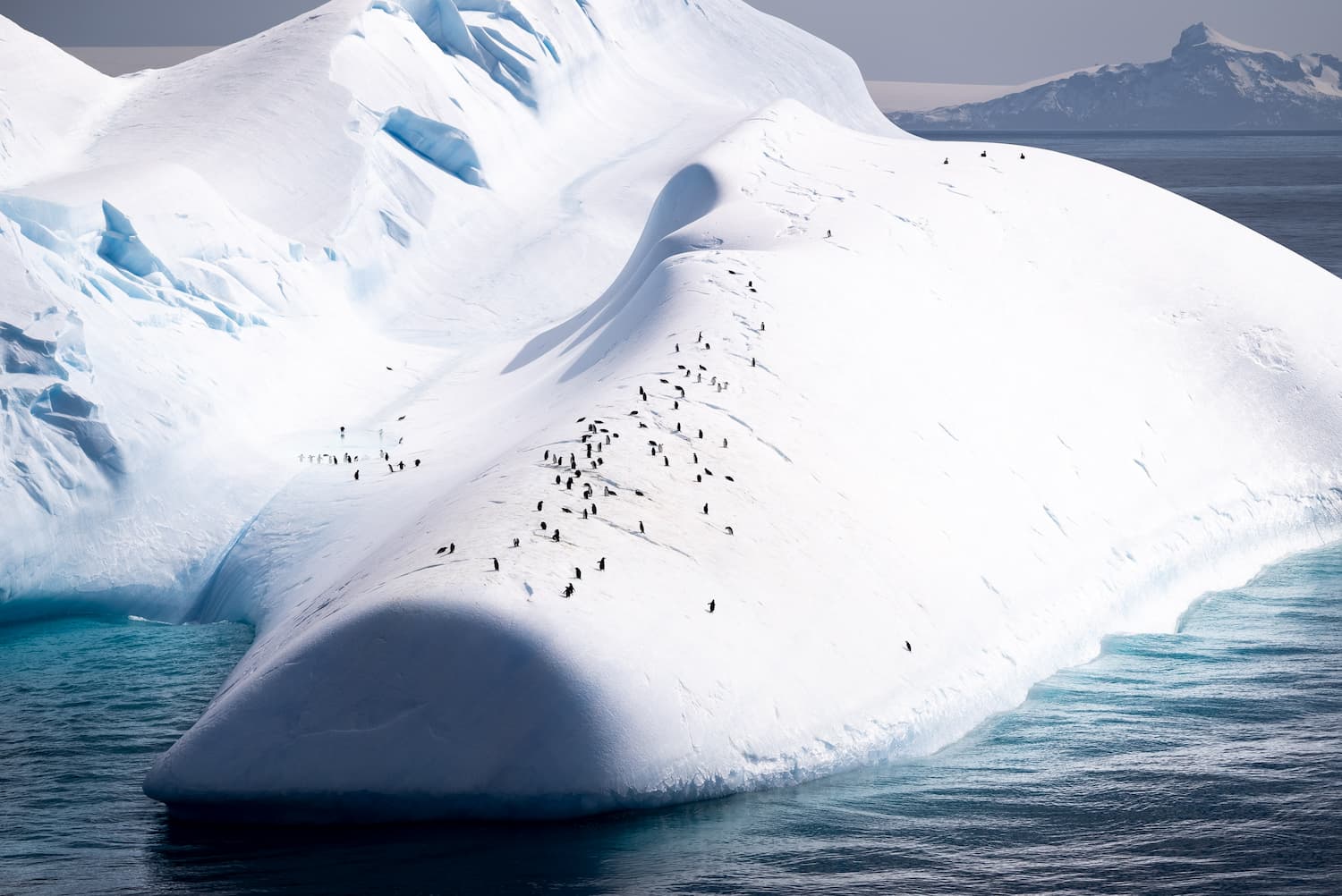
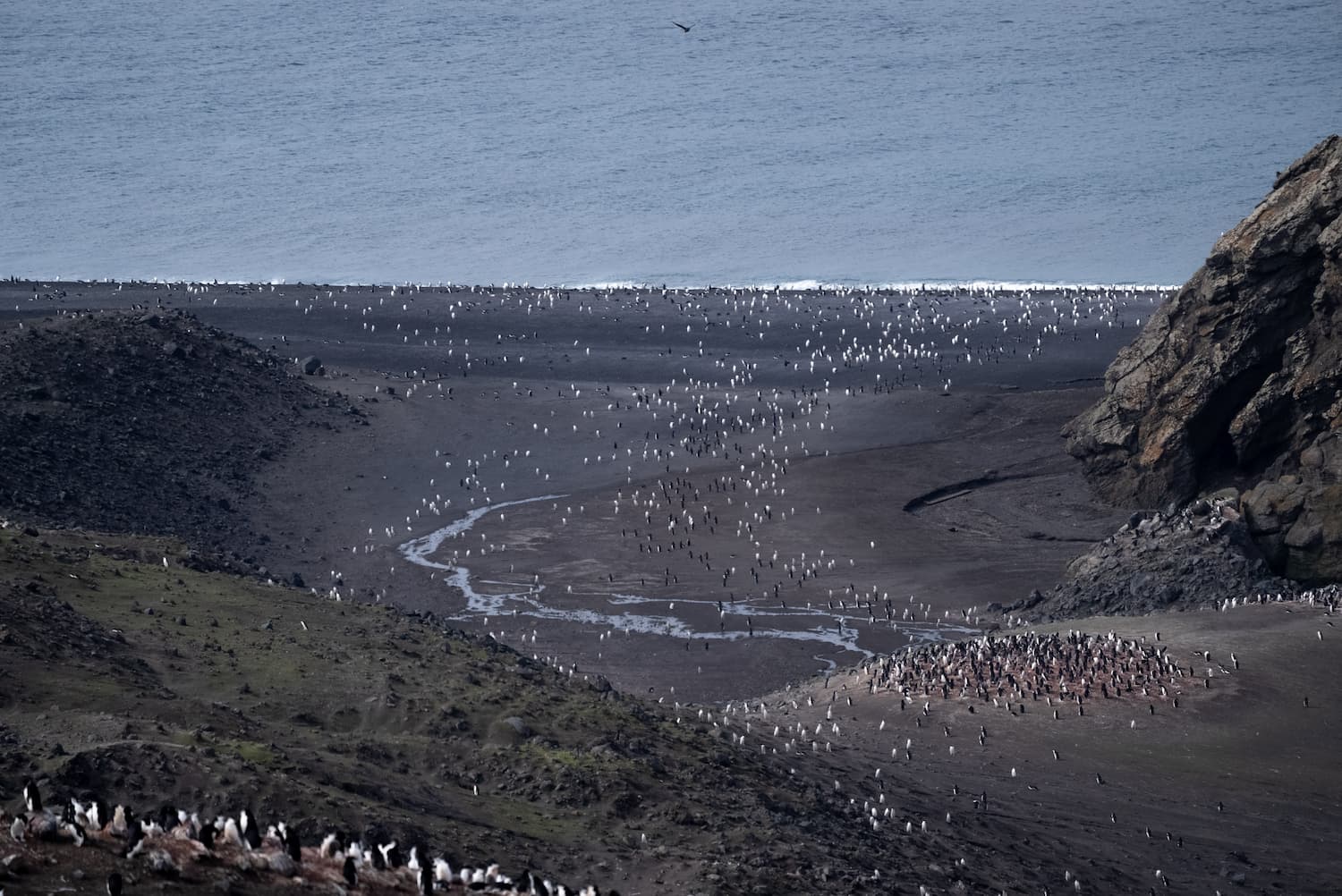
Leopard seals are formidable predators in Antarctica, weighing around 500 kilograms. They can eat up to 20 penguins a day.
In conclusion, sea ice is essential since it’s a habitat and a food source for many species. Variation in the thickness of sea ice can cause various disturbances in the polar ecosystem.
How is biodiversity in Antarctica unique and why is it important to study it?
In this polar environment with extreme conditions, macro-and micro-organisms have had to adapt to many factors to survive:
- the ubiquity of ice
- the strong presence of nutrients in the Southern Ocean: Unlike other sea waters around the world, Antarctic waters are extremely rich in nutrients, such as nitrogen and phosphorus. These nutrients determine, by their concentration, the microbial activity of an area. In Antarctica, trace elements (elements present in the environment, food and organisms in small concentrations, such as iron) boost the biological activity of the marine microbiome.
- light: in the summer, day length is very long and, in some places, due to melting ice, the upper ocean “mixed layer” is very shallow, allowing plankton to benefit from very high light levels.
Adaptation to these various environmental parameters has enabled the development of a singular and specific biodiversity in Antarctica, which provides many ecosystem services on Earth. It is therefore essential to study this biodiversity to understand and better preserve it so that it continues to fulfill its functions.
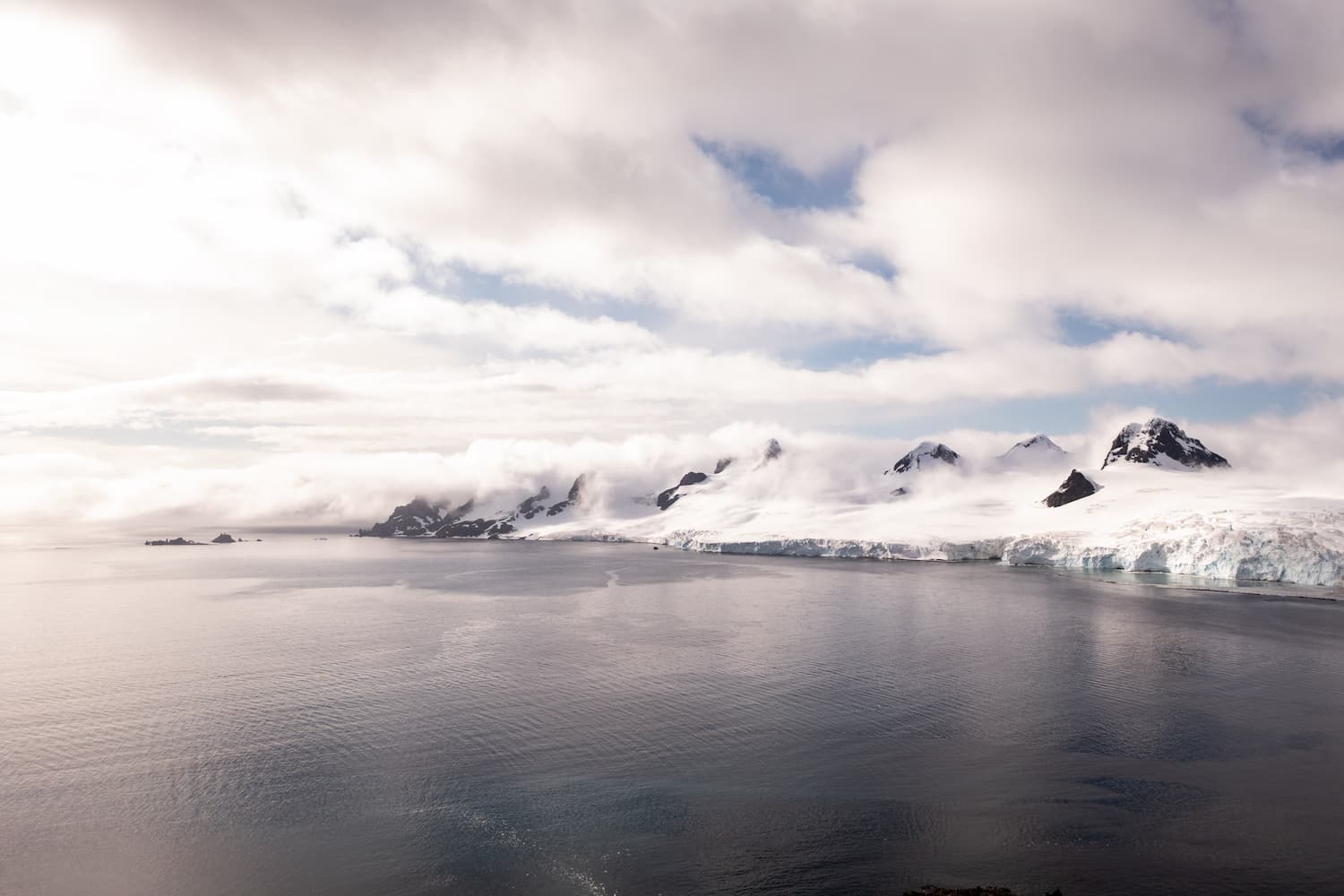
An ice lab
France is one of the leading countries in scientific research in Antarctica. It’s the only European country to maintain 2 permanent stations on these polar lands. French research is authoritative on polar themes and ranks 5th in the world in terms of scientific publications on Antarctica.
Why do we study Antarctica during the Microbiome mission?
At the entrance of the Drake Passage, permanently separating Antarctica from South America, the Antarctic circumpolar current developed in the Southern Ocean. Gradually, microorganisms in Antarctica got isolated from other species on the planet. At the present time, scientists cannot compare the temperate water microbiome with the polar microbiome because they are two distinct ecosystems. Therefore, Tara collected samples in Antarctica in early 2022 to better understand the Antarctic microbiome.

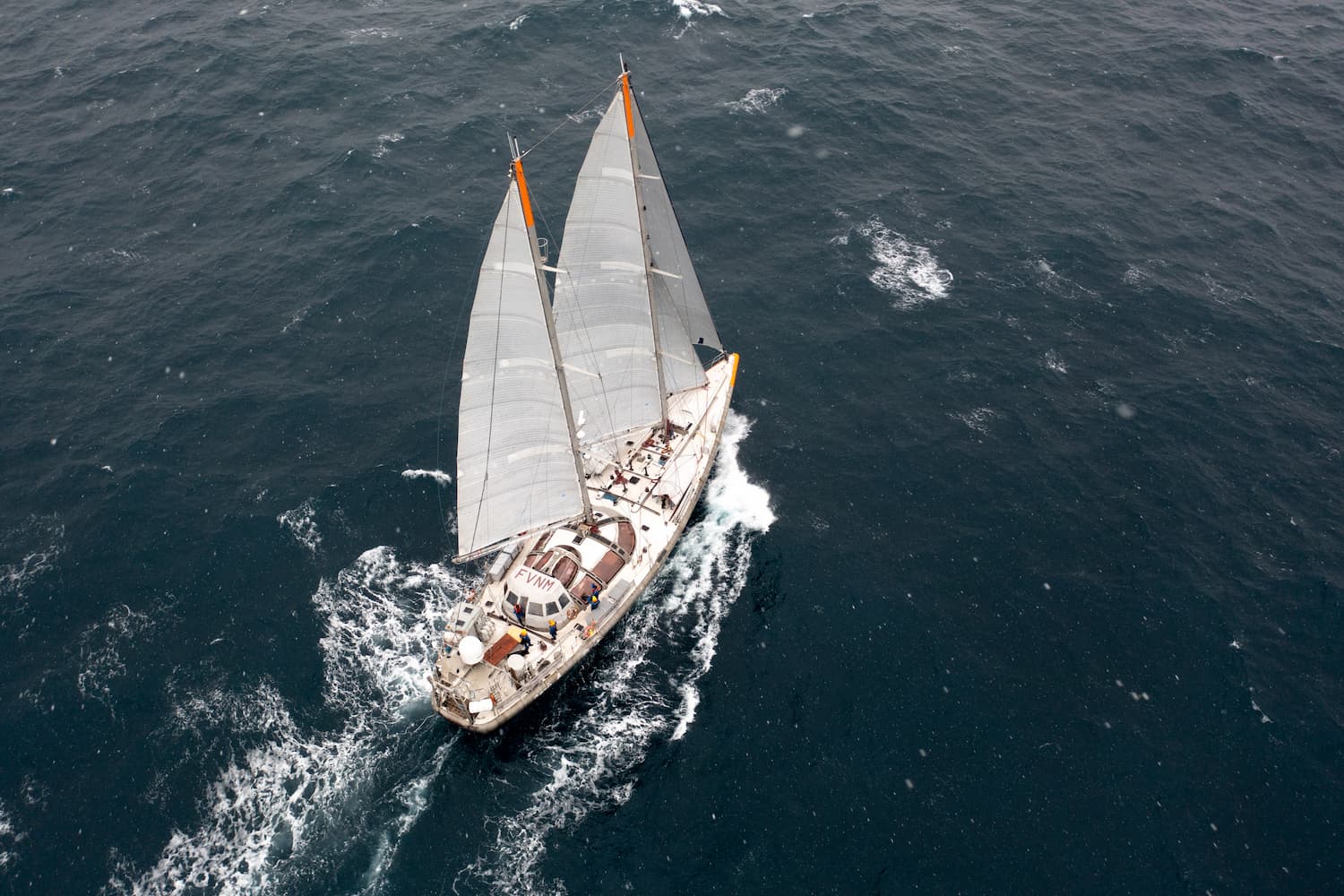
Why are we particularly interested in the Weddell Sea?
The Weddell Sea is a fascinating ecosystem because it’s one of the few places where deep water is formed through downwelling of surface water into the depths. As a result, it plays a major role in regulating heat and CO2 absorption.
In addition, the Weddell Sea hosts an important biodiversity that provides many ecosystem services, all supported by plankton. As microbial activity is intense in this area, it plays a key role in the carbon cycle, participating in its transfer to deeper ocean layers, away from the atmosphere.
What’s the scientific program of this expedition?
We aim at studying the impact of environmental variations in the Antarctic seas on the structure and function of marine microbial communities.
The scientific protocol established is based on the sampling of water masses at various locations:
- shallow waters around Joinville Island
- deep waters in the Weddell Sea.
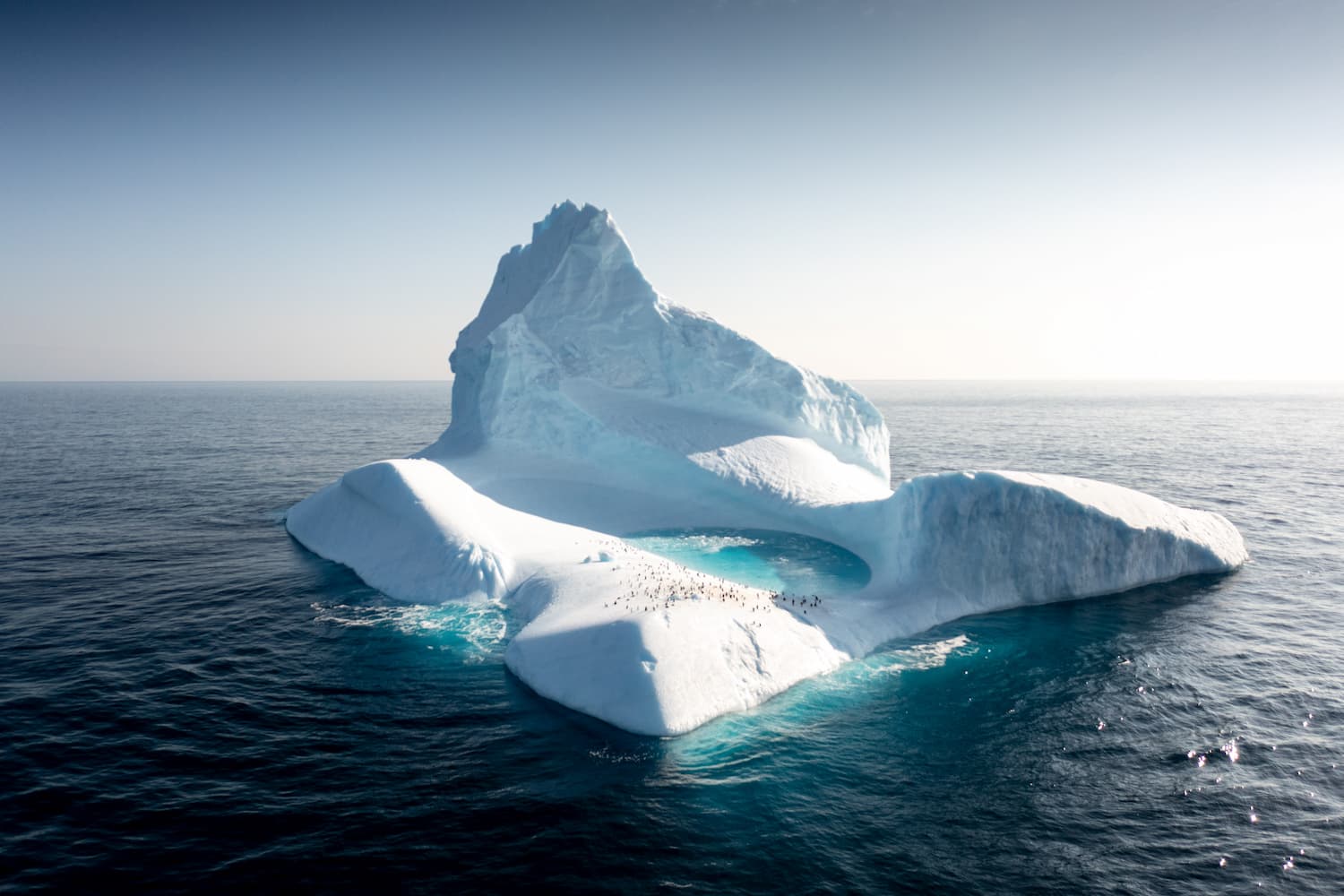
Our goal is to compare these samples with each other, as well as with previous and future work carried out by scientists aboard RV Polarstern, a German oceanographic vessel dedicated to polar research.
The second part of the program is dedicated to the study of an iceberg named “Tasmania” which measures 22 m high and 0.6 km2 of surface. This study will be conducted over several days in collaboration with scientists from the British Antarctic Survey. The objective is to measure the impact that freshwater from icebergs have on seawater.
Microbiomes Mission
Why study an iceberg?
Ice cores are the only tool to access records of the past in a polar environment. They help reconstruct historical data of the ice health status and predict future:
- temperatures and precipitation
- concentrations of greenhouse gases (CO2, CH4, N2O and their isotopes)
- ice cap altitude
- continental erosion
- magnetic anomalies.
Scientists aboard Tara collected ice samples ranging from 10 to 1,000 meters deep to explore and understand changes over time.
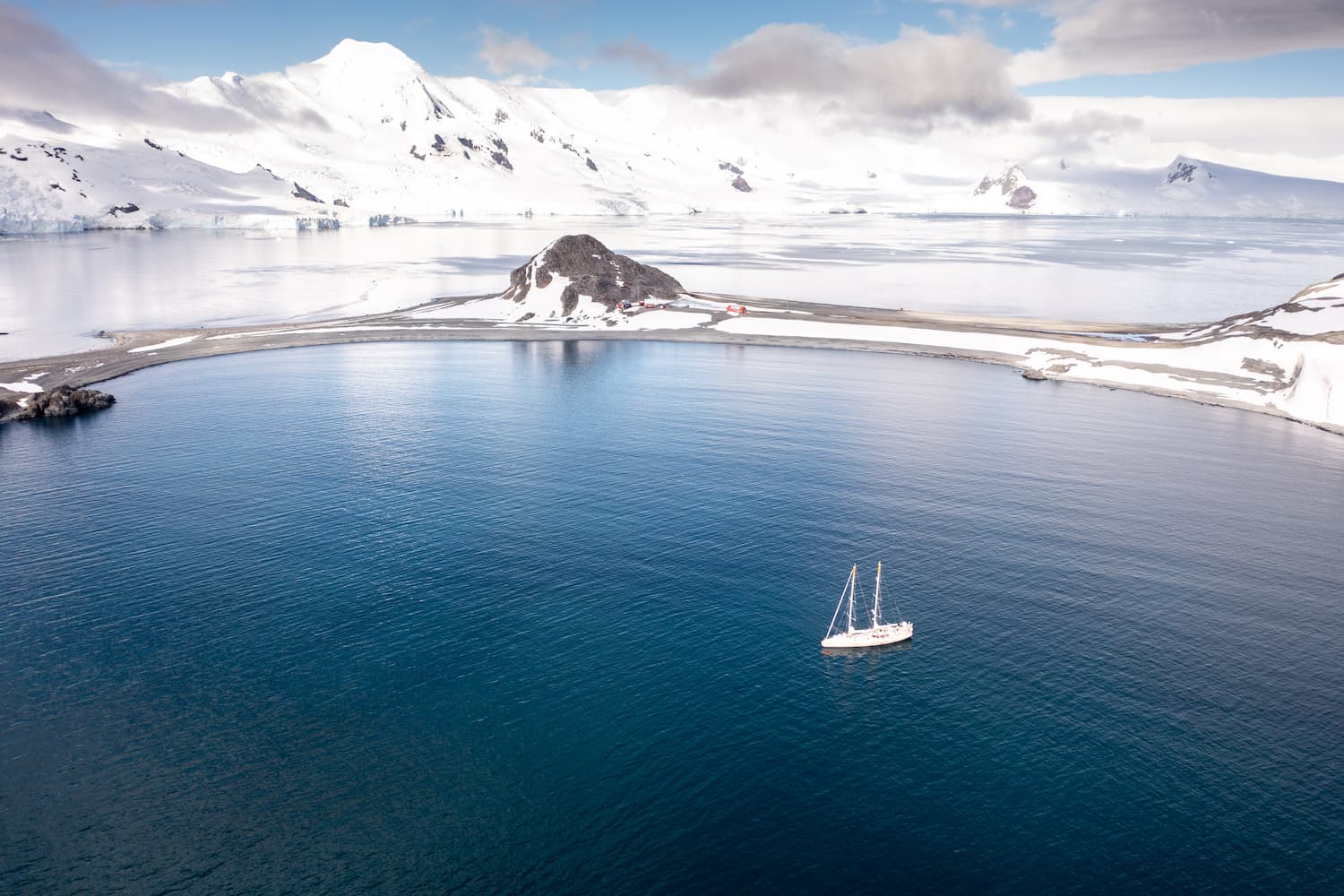
How does science adapt to extreme weather conditions?
The main challenges in Antarctica are weather-related: sea conditions, wind intensity and very low temperatures impose practical constraints on scientists during technical operations. The state of the pack ice can also limit operations. This year, variations in ice thickness have been low. Therefore, this factor hasn’t been limiting.
How is Antarctica a marker of climate change?
At present, the Weddell Sea experiences various simultaneous pressures related to climate change:
- global warming of the atmosphere and water masses
- ocean acidification due to the acceleration of CO2 absorption.
These changes affect the overall functioning of the Weddell Sea ecosystem.
Moreover, ice melt resulting from global warming is increasingly threatening sea ice and icebergs (pieces of freshwater ice that have broken off a glacier or an ice shelf and is floating freely in open water). As a result, the dynamics of these polar ecosystems are affected over time.
Global warming also gradually excludes certain species adapted to the polar regions.
Microbiomes Mission
What are the geopolitical stakes in Antarctica?
A continent of peace and science, Antarctica is divided between 7 sovereign states having territorial claims: Argentina, Australia, Chile, France, New Zealand, Norway and the United Kingdom.
On the continent, there are some 80 scientific research bases of various nationalities: those of the sovereign states, but also Chinese, Korean, Russian, etc.
Antarctica has long been the greatest success of international cooperation for the conservation of the marine environment. The Madrid Protocol, adopted in October 1991 within the framework of the 1959 Antarctic Treaty, gave this region the status of “natural reserve dedicated to peace and science”. In 2009 and then in 2016, the adoption of the Marine Protected Areas (MPAs) of the south plateau of the South Orkney Islands and the Ross Sea created the world’s first international MPAs and the largest marine sanctuary.
These MPAs were adopted by the Convention on the Conservation of Antarctic Marine Living Resources (CCAMLR), an international governance body introduced in 1982 that brought together 37 signatory countries, including 26 voting member states and 11 non-voting acceding states. The Convention aims at taking measures to facilitate research and scientific cooperation; ensure the exercise of inspection and jurisdiction rights in Antarctica, and protect and conserve the fauna and flora of the area.
But, since the implementation of these major advances more than 5 years ago, the CCAMLR is mired in international diplomacy. Global warming, fishing pressure and tourism development in the region are a major threat to the stability of the Antarctic ecosystem, which is a true thermostat of the global climate. Today’s challenges overlap with the prospect of lifting a ban on mining resources by 2048, slowly shifting Antarctica from sanctuary to potential exploited land.
Despite these environmental threats, a minority of States blocks each year the 3 MPA proposals presented to the CCAMLR negotiations to ensure the conservation of Antarctic biodiversity: Two are carried by Australia and the European Union and located in the eastern Southern Ocean and the Weddell Sea; the third is pushed by Chile and Argentina on the western seaboard of the Antarctic Peninsula. China and Russia, two countries dispossessed of any territory in the region, have yet managed to prevent the consensus required for the adoption of one of these MPAs, even though they’ve all been approved by the CCAMLR Scientific Committee.
Today, in the face of this blockage, efforts to raise public awareness and diplomatic negotiations are fundamental to making these proposals a reality. France, through its Office for Biodiversity (Office français de la biodiversité, OFB), remains one of the most active countries in the negotiations for Antarctic MPAs, alongside Australia, Chile, Argentina and Germany.
The importance of these ecosystems for regulating climate and sustaining life on Earth is global and requires governments to reinvigorate the collective momentum of cooperation that led to the Antarctic Treaty and the Madrid Protocol. While we are just beginning to apprehend the ocean microbiome’s functioning, Tara’s studies of that of Antarctica in the framework of the Microbiome mission will contribute to the international effort for the conservation of the Southern Ocean. The urgency is to convert CCAMLR’s recent failures into future successes toward resilience to climate change.
In a way, Antarctica is a mirror of all the phenomena affecting the Ocean. Observation and data collection enable scientists to develop climate models and predict future changes. The research schooner Tara, initially named Antarctica, was designed to study polar regions. In 2022, the Microbiome mission is the 5th expedition carried out in Antarctica by the Tara Ocean Foundation. What’s next? Let’s give science time to make new findings.
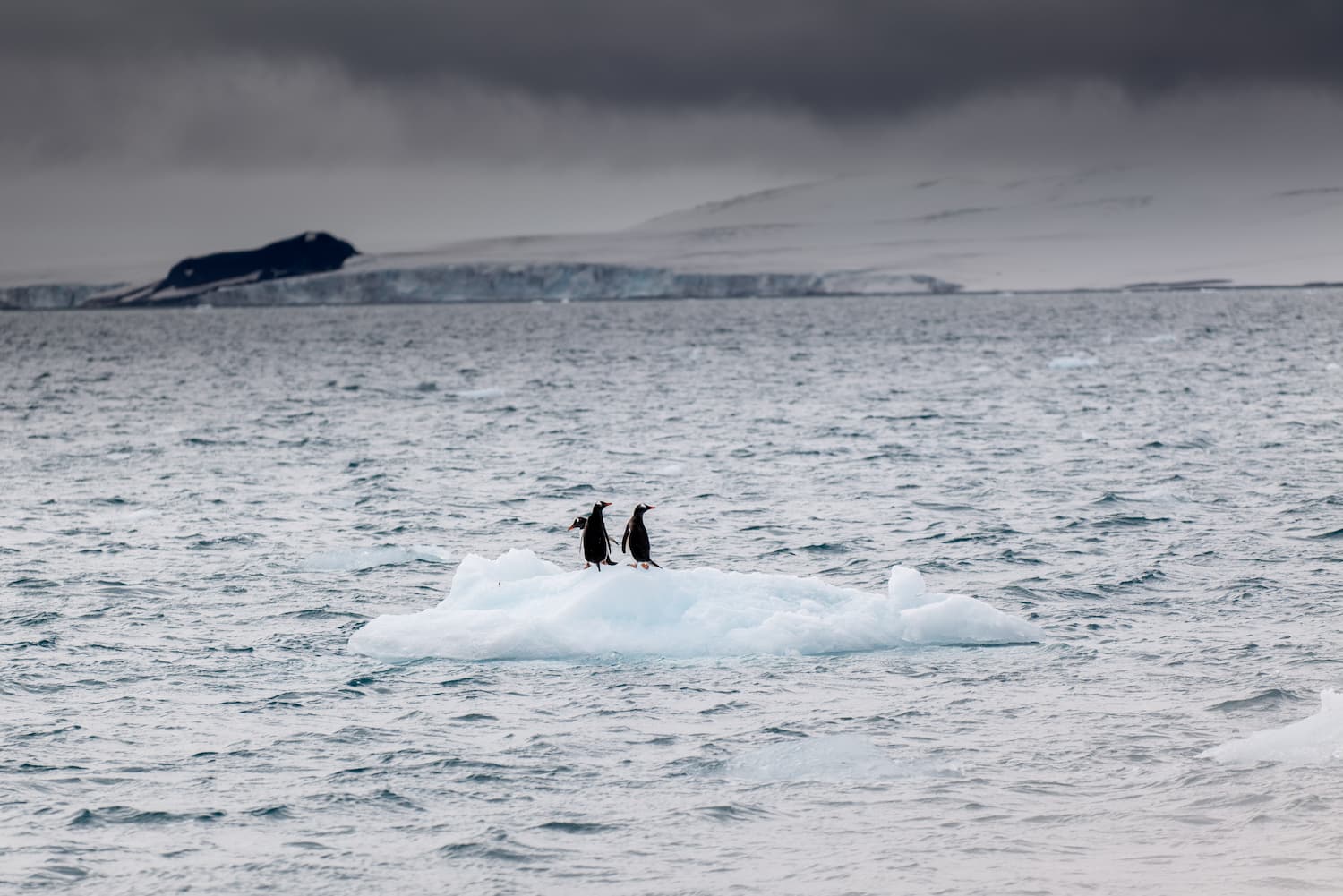

Microbiome mission: Tara studies the Brazilian coasts
The schooner Tara studied the Brazilian coast between September and November 2021